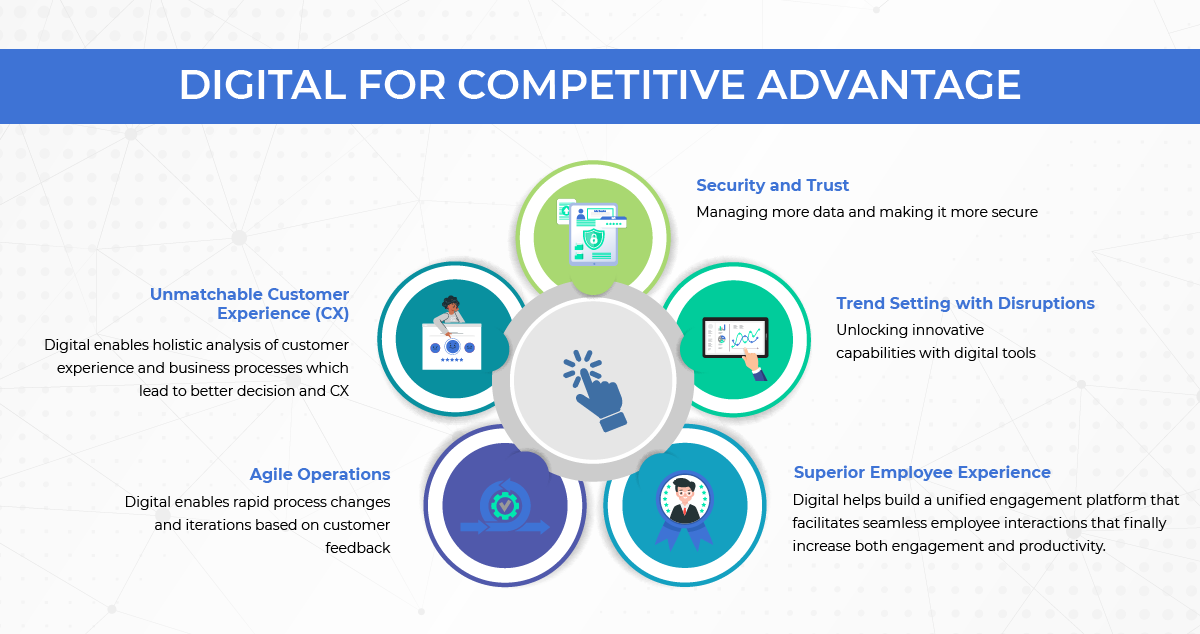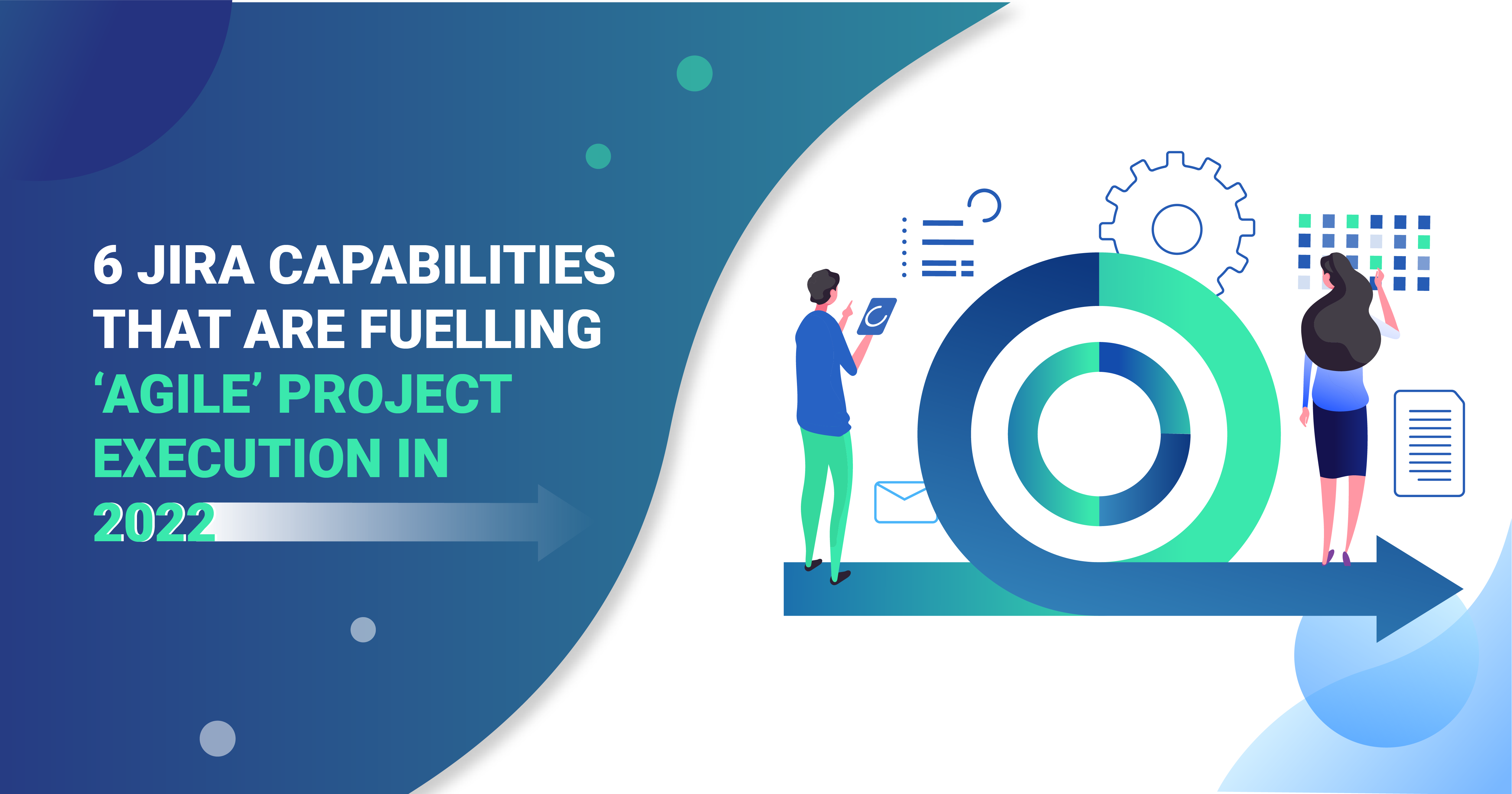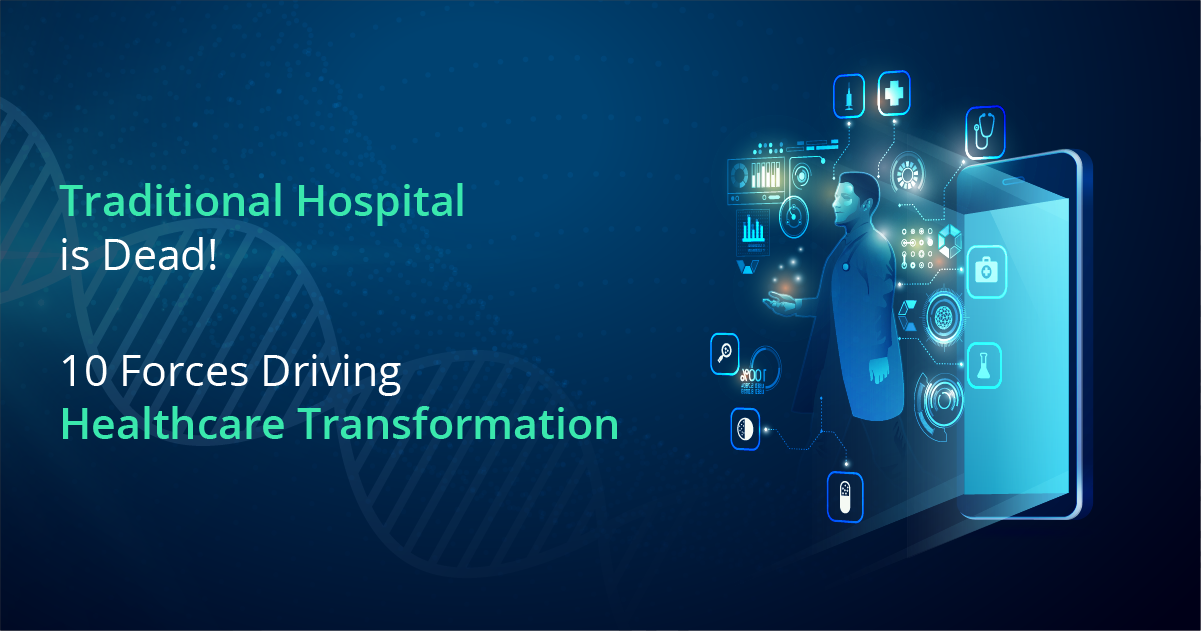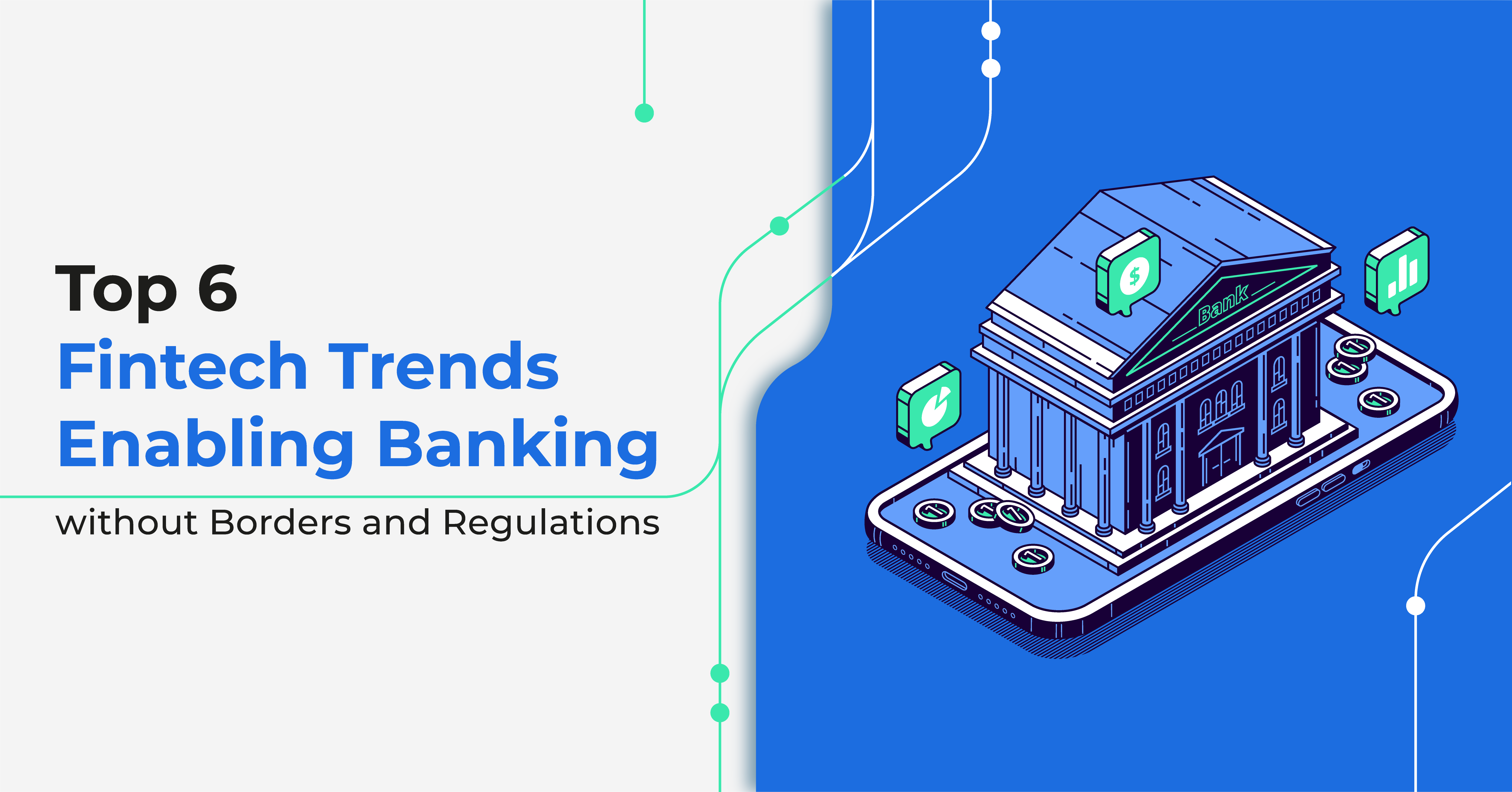With the breakdown of global supply chains, radical changes in consumer preferences and the market itself, the word Digital has hit the top of the charts. Everyone from business pundits to CXOs and consultants are pushing the move to go digital. The race to the digital has intensified and is far from reaching a crescendo. In this blog we shall explore the “real” meaning of being digital, which has become a word of escalating significance.
Key Takeaways
- The Real Meaning of Being Digital
- Significance of Understanding Digital Clearly
- Why Being Digital is Not Optional
- Digital is most about Customer Centricity
- Digital Means Creating Amazing Services
- Digital has Not Just About Technology
- Digital is About Agility of Offerings and Processes
What is the Meaning of “Digital”?
Today, organizations have jumped headlong into the race to go digital and the first step to this arduous journey is to understand what digital “Really” means!
To many going digital is about technology, to others it is novel ways of reaching out to customers and for many it is a completely new way of doing business. All of these are correct ways of expressing the digital, but such divergent perspectives are bound to create misguided endeavors, inchoate visions which eventually lead to lackluster performances and unnecessary legacy complications. Unsurprisingly the success rate of digital transformation efforts is just one-third!
A Holistic Perspective
In the broadest sense, being digital or being a digital organization means to be intimately attuned to the customers, their decision process and its continuous evolution.
To elaborate it further, being digital means having the complete picture of customer behavior; inside as well as outside of business and sector while having cognizance of the trends as they evolve. We have now come, with this refined understanding, to the point where we can define the digital firm.
“A digital organization is one that is acutely aware of changes in consumer behavior, not only on what they want but also about how they are interacting with their brand. It taps into the seamless inputs of customer interaction to attune their processes and capabilities. It can capture new opportunities to automate customer interaction and processes to deliver superlative customer experience.”
To qualify as a digital firm, organizations must have four set of qualities:

- Agile and Proactive Decision Making Capability
The ability to capture and put together data from all channels and blend them into one complete customer picture of their activities and how it is changing. This helps the organization drive change in near-real-time with back office and analytics to produce better offers and content for the customers.
- Capability to Engage New Frontiers of Interaction
More avenues of interaction give new streams of intelligence that can power better decisions. Data from IoT devices such as IIoT, MIoT, wearable devices, and others provide additional touchpoints that facilitate the convergence of the physical and the digital.
- Automation On-the-fly
One avenue of colossal value creation is the automation of customer interaction. With the increasingly dynamic market and consumer behavior the optimal modes of engagements change quickly. A digital organization must have the capability to optimize automation on the go. Real-time problem resolution, evolving personalization irrespective of channel, geography, time, or device.
On the other hand, the supply chain and business process automation are great sources of efficiency, value and drive done cost. Most importantly, they give agility to the firm to change with rapid changes and stay on the top.
- Focused Innovation
A digital company must leverage the network effect and let innovation be fuel by growing number of customer interactions with- new developments, brand. Better relationships would add more customers which will mean more data to act upon, to innovate and in being trendsetters.
Why Digital is Not Optional
The benchmark or basic expectation of the customer has changed dramatically over time. They expect a seamless experience irrespective of channels, locations, products or services. The traditional companies can not even come close to competing with the hyperagile next-gen digital organizations who are not only catering to most needs of their customers, but are also engaging their whims.
 All Posts
All Posts


